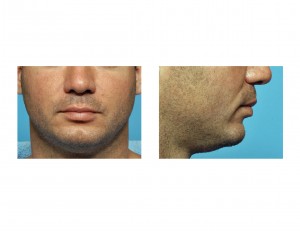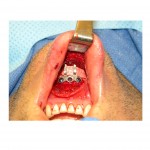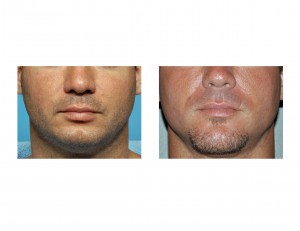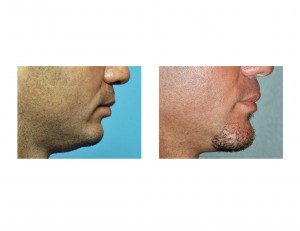Background:The shape and projection of the chin is an important facial feature. As the chin sits as a prominence on the lower edge of the face, it has multiple dimensions associated with its shape. While commonly perceived as having only a horizontal component to it, and treated most commonly with an implant if it is too short, this overlooks its vertical and width dimensions. Chins can also be too vertically short or long as well as too wide or too narrow.
The lower face, of which the chin is a significant component, should ideally make up 1/3 of total facial height. When the lower face is vertically short, it is almost always because the bony height of the chin is too small. There are some uncommon exceptions, such as a small maxilla where the lower jaw over rotates with a resultant malocclusion, but this is easy to spot. The vertically short chin can occur regardless of its horizontal dimension presenting with either microgenia, normal chin projection or macrogenia.
The chin that is too vertically short is commonly seen in combination with some degree of horizontal deficiency. The amount of vertical and horizontal shortness determines whether an implant or an osteotomy is the better treatment. With just a few millimeters of deficiency in either dimension, an implant can readily treat both with good positioning on the lower end of the chin bone and proper implant style selection. Anything more than a minor deficiency is best treated by a lengthening osteotomy.




Case Highlights:
1) The second most common chin deficiency is in the vertical dimension. It can be seen in both the frontal and profile views and will likely have a horizontal problem as well.
2) The only method for significant vertical lengthening of the chin is an osteotomy with or without an interpositional synthetic graft.
3) Vertical chin lengthening can be combined with other dimensional movements including horizontal advancement and width narrowing or expansion.
Dr. Barry Eppley
Indianapolis, Indiana


